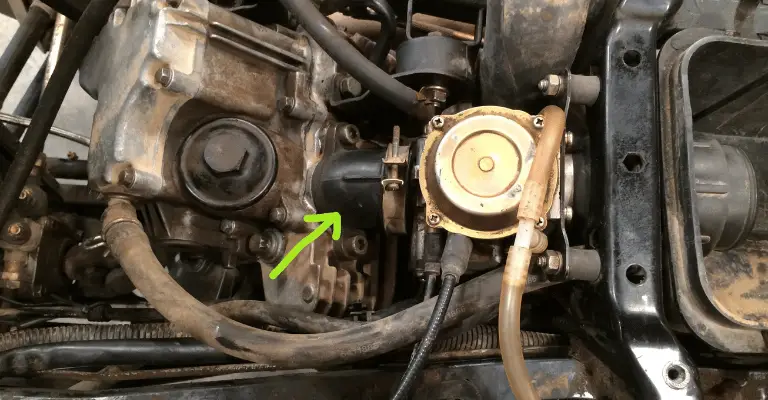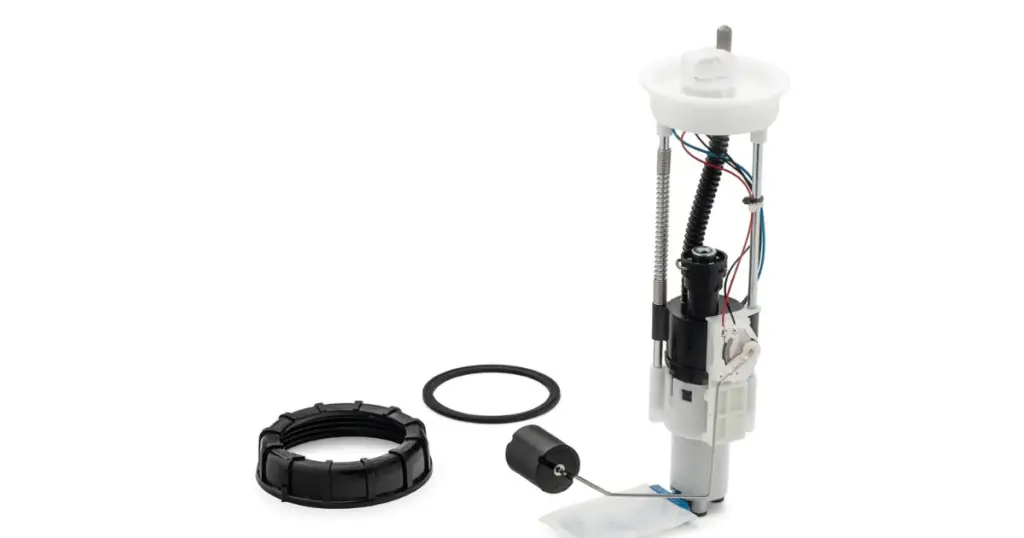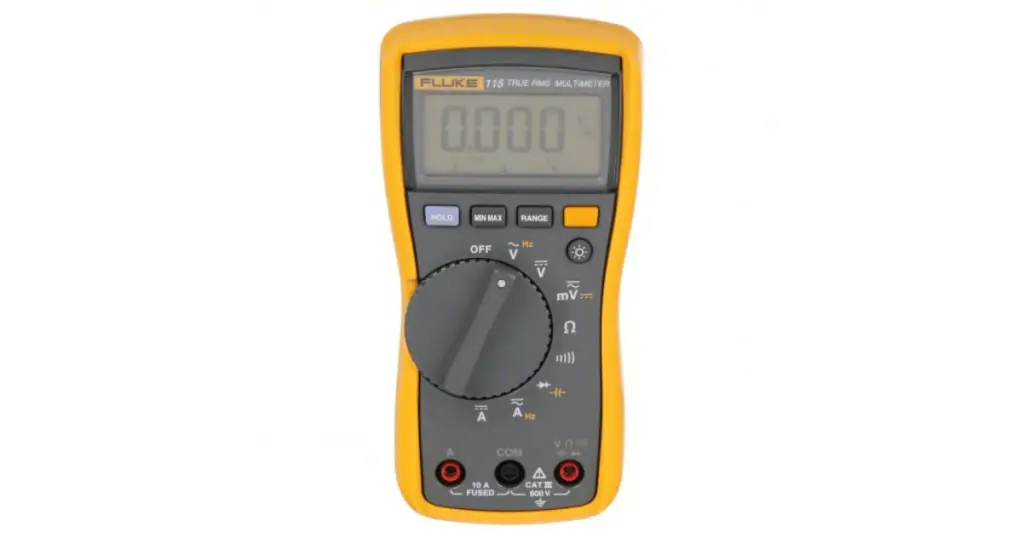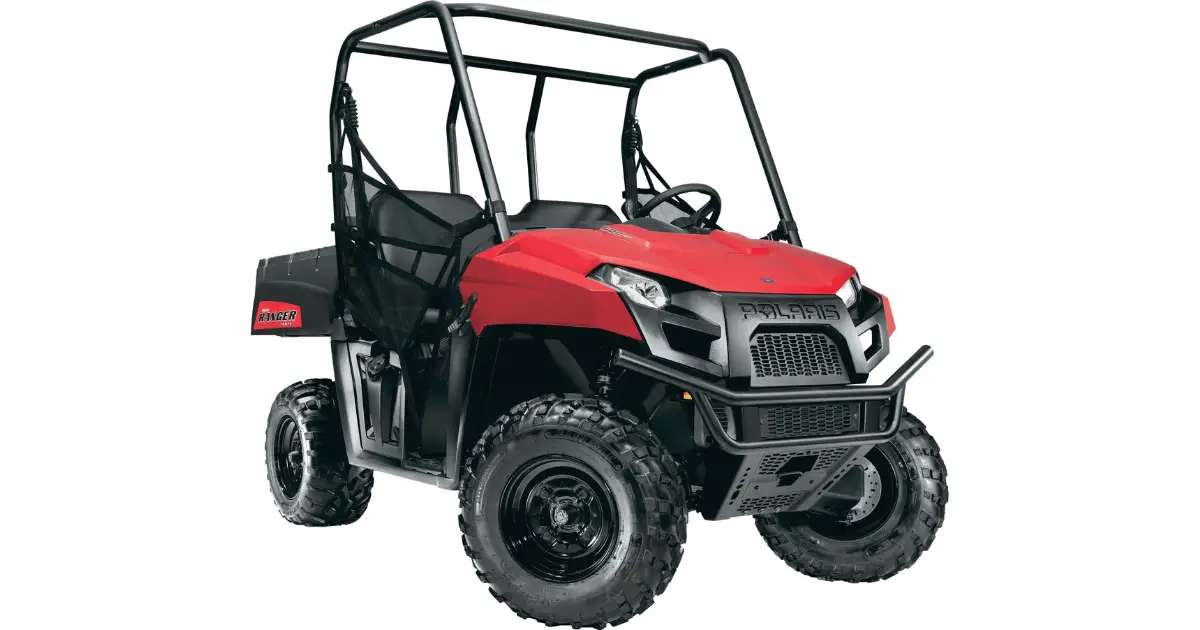Picture this: you’re all set to hit the trails with your Polaris Ranger 500, but instead of the sound of your engine revving up, you’re greeted by nothing more than a sputtering noise—or maybe no noise at all. The culprit? More often than not, it’s a case of the common Polaris Ranger 500 fuel pump problems. Your Ranger 500 is a beast of a machine when it’s running right, but when fuel pump issues arise, it’s like trying to win a race with your feet stuck in the mud. This article is your go-to guide for diagnosing and tackling the fuel pump problems that can dampen your off-road adventures, ensuring you spend more time enjoying the ride and less time troubleshooting.
Overview of Polaris Ranger 500 Fuel System

When you hop onto your Polaris Ranger 500, ready for a day of work or play, there’s an unsung hero at play under the hood. Your side-by-side’s fuel system is critical to its performance, and at the heart of this system is the fuel pump. This component has the all-important task of delivering fuel from the tank to the engine in the precise quantities needed for smooth operation, ensuring you have the power to tackle anything your off-road adventure throws at you.
Function of the Fuel Pump in the Fuel System
Your Polaris Ranger 500 employs a fuel pump to move gasoline from the tank to the engine. It works like a beating heart – pulsing with electric currents to create the pressure needed for the fuel to flow. Without this consistent and controlled delivery, your engine would either starve or flood, neither of which is particularly conducive to getting you where you need to go.
Typical Fuel System Configuration in the Polaris Ranger 500
The Ranger’s fuel system is quite typical of modern utility task vehicles (UTVs). It consists of a fuel tank, the pump itself, a fuel filter to catch any impurities, and the lines that transport the lifeblood of your vehicle from one component to another. At each step, these pieces work together to ensure your engine receives a steady stream of clean fuel – rich enough to power your ride but balanced to avoid waste.
But how does it compare to its bigger engined brother? Polaris Ranger 500 vs 570: A Comprehensive Comparison
Common Symptoms of Polaris Ranger 500 Fuel Pump Problems

You know your Polaris Ranger like the back of your hand, so when something’s not quite right, you can usually tell immediately. Here are some common telltale signs that your fuel pump might be on the fritz.
Difficulty Starting the Engine
You turn the key, and the engine cranks – but it just won’t roar to life. If you’re enduring this frustration, a faulty fuel pump could be the culprit, failing to supply the necessary fuel to get things moving.
Engine Stalling at Low Speeds
Imagine you’re cruising slowly, perhaps traversing some tricky terrain or simply idling, and the engine suddenly cuts out. An inconsistent fuel pump can cause such stalling, especially noticeable at low speeds where the engine requires a precise flow of fuel.
Loss of Engine Power Under Load
When you press the pedal, expecting that satisfying surge of speed and find it lacking, the fuel pump may not be keeping up with the engine’s demands. A loaded-down Ranger needs more fuel, and if your engine isn’t getting enough, you’ll sense that drop in power.
Surging or Jerking Motions While Accelerating
Few things are as unsettling as your vehicle suddenly lurching forward uncontrollably. This could indicate that the fuel pump is delivering fuel irregularly, causing the engine to respond erratically.
Unusual Noises from Fuel Tank Area
Your ears can be one of the best tools for diagnosing vehicle woes. A whining or buzzing coming from the fuel tank area might mean your fuel pump is straining to function and could be on the way out.
Troubleshooting the Fuel Pump
Before you can fix any problem, you need to be sure of the cause. Here’s how you can size up your fuel pump’s condition.
Full guide here: The Definitive Polaris Ranger 500 Troubleshooting Guide
Visual Inspection for Fuel Leaks
Begin with a look-see. If you spot any fuel outside the lines or around the tank, you could be dealing with leaks – a serious issue that needs immediate attention.
Checking Fuel Pressure Readings
A fuel pressure gauge can be your best friend when you suspect a pump issue. By comparing readings against the manufacturer’s specifications, you can determine if the pump is choking or, conversely, working overtime.
Testing Electrical Connections to the Fuel Pump
Connections sometimes wiggle loose over time. It’s worth checking these out, ensuring they’re snug and clean, as a poor electrical connection can mimic a faulty pump.

Listening for Irregular Pump Noises
Again, your ears can offer clues. If the fuel pump sounds different than usual – particularly if it’s making groaning or humming noises – this can indicate problems.
Causes of Fuel Pump Failure
It’s only natural to wonder why such an essential part might fail. Here are some common reasons for a fuel pump waving the white flag.
Contaminated Fuel Causing Clogs
Bad fuel is bad news. Dirt, debris, and even water can enter your fuel system and gum up the works, straining or even blocking your fuel pump.
Worn Out Pump Components
Nothing lasts forever – even rugged Polaris parts. Over time, the pump’s components can wear out due to regular use or occasional abuse.
Electrical Issues Affecting the Pump
The pump needs electricity to function. If your battery is weak, or there are issues with the wiring, connectors, or relay, the pump can’t do its job.
Fuel Tank Problems Leading to Pump Damage
Rust or debris from an ageing fuel tank can wreak havoc on a fuel pump. If your tank’s integrity is compromised, it’s only a matter of time before issues trickle down.
And it’s worth noting, there are certain Polaris Ranger years to avoid if these problems worry you.
Maintaining Your Polaris Ranger 500’s Fuel Pump
Prevention is always better than cure. A few tips on maintaining your Ranger’s fuel pump can save you big headaches down the road.
Regular Fuel System Cleaning
Keep it clean with periodic cleanings of your fuel system, ensuring residues and build-ups don’t hinder performance.
Replacing the Fuel Filter as Preventive Maintenance
A fresh fuel filter will trap contaminants before they reach – and ruin – your pump. Swap it out before it becomes a problem.
Checking Fuel Lines for Damage or Deterioration
Over time, fuel lines harden and crack. Check them often and replace as needed to avoid leaks and ensure a safe, steady fuel flow.
Ensuring Use of Clean Fuel
This might seem obvious, but always fill up with clean, high-quality fuel to keep your fuel system happy and healthy.
Read more: How Many Miles Will A Polaris Ranger Last: A Deep Discussion
DIY Steps for Replacing a Defective Fuel Pump
If you’re mechanically inclined and looking to replace the fuel pump yourself, follow these steps closely.
Tools Required for Fuel Pump Replacement
Gather your tools: a wrench set, screwdrivers, pliers, a fuel pressure gauge, and safety gear like gloves and goggles.
Removing the Fuel Tank to Access the Pump
This is a big one – you’ll need to remove the fuel tank to get at the pump. Take your time, follow the service manual, and drain any remaining fuel properly.
Disconnecting the Electrical Connectors and Fuel Lines
Once the tank is off, disconnect the electrical connectors and fuel lines. Be cautious – spills are slippery and hazardous.
Installation of the New Fuel Pump
Insert the new pump, reversing the removal process. Ensure every connection is secure and there are no kinks in the lines.
Performing a Post-Installation Check
After everything’s reassembled, run a system check. Look for leaks, listen for odd sounds, and make sure the pressure reads correctly – peace of mind is key.
When to Consult a Professional Mechanic
Not everyone is a do-it-yourselfer. Here’s when you should probably call in the pros.
Complex Electrical Issues Beyond DIY Repair
If your issues run deeper than a simple part swap, bring in someone with the know-how to navigate complex electrical systems.
Persistent Problems After Replacement
Sometimes, a new pump doesn’t solve the problem. If you’re still having issues, it’s time for professional diagnostics.
In-Depth Diagnostics Requiring Specialized Tools
Not all tools are created equal. Some diagnostics require specialized tools most folks don’t keep in the garage.
Warranty Considerations and Professional Advice
Remember, professional installation may be necessary to maintain your warranty. Plus, a mechanic’s advice can help prevent future issues.
Cost Considerations for Fuel Pump Repair and Replacement
Cost is always a consideration – here’s how to think about the expenses involved with fuel pump repair and replacement.
Cost of Replacement Parts
The pump itself is usually the biggest expense. Prices vary widely, so shop around.
Labor Costs for Professional Services
Mechanics charge for their expertise. Expect to pay for labor, and know that this is typically money well spent.
Long-Term Maintenance Savings Versus Immediate Costs
Investing in maintenance can avoid costlier repairs down the line. Factor this into your budgeting.
Aftermarket Versus OEM Fuel Pump Considerations
Aftermarket parts can save you a bundle, but ensure they match OEM specs to avoid compatibility issues.
Preventive Measures to Avoid Future Fuel Pump Failures
Here’s how you can minimize the risk of future fuel pump failures.
Regular Fuel System Maintenance Schedule
Stick to a consistent maintenance routine. This keeps your Ranger running smoothly and identifies problems before they become critical.
Using Fuel Additives to Clean and Protect the Fuel System
Fuel additives can help keep your fuel system clean and efficient – consider adding this to your maintenance regimen.
Awareness of Fuel Quality and Potential Contaminants
Know your fuel – poor quality or contaminated fuel is a fast track to fuel system problems.
Periodic Upgrades to Fuel System Components
Upgrades can offer improved performance and reliability. Keep your system current to avoid being left in the dust.
Wrapping Up
Taking care of your fuel pump and understanding the ins and outs of its operation can keep your Polaris Ranger 500 in peak condition. Whether you’re tackling this task yourself or enlisting the expertise of a professional, keeping your fuel system in check will ensure that your adventures never end on account of mechanical failure. Remember, a little vigilance goes a long way in the upkeep of your Ranger’s heartbeat.
Frequently Asked Questions
How Do I Know if My Polaris Ranger Fuel Pump is Bad?
Signs of a bad fuel pump in a Polaris Ranger include the engine sputtering at high speeds, a loss of power during acceleration, the engine not starting, or an unexpected decrease in fuel efficiency. You might also hear a whining noise from the fuel tank area.
How Much Fuel Pressure Should a Polaris Ranger 500 Have?
The Polaris Ranger 500 typically requires a fuel pressure of around 39 to 40 psi (pounds per square inch). It’s important for the fuel system to maintain this pressure for optimal engine performance.
How Do I Check My Fuel Pump Pressure?
To check fuel pump pressure, you’ll need a fuel pressure gauge. Connect the gauge to the fuel system’s test port. Turn on the ignition without starting the engine, and the gauge will display the fuel pressure. Compare this reading with the recommended pressure for your specific vehicle model.
What Happens if Fuel Pressure is Too High?
If fuel pressure is too high, it can lead to various engine issues. These include a rich running condition (too much fuel in the fuel-air mixture), increased emissions, a decrease in fuel economy, and potential flooding of the engine. Excessive pressure might also cause strain on the fuel injectors and other components of the fuel system.
Read More Ranger:
- Polaris General vs Polaris Ranger: Which Side-by-Side Wins?
- Polaris Ranger vs Kawasaki Mule: A Side-by-Side Comparison
- Honda Pioneer 1000 vs Polaris Ranger 1000: Total Shootout
- Honda Pioneer 520 vs Polaris Ranger 500: A Real Shootout
- Honda Pioneer vs Polaris Ranger: Who Packs The Punch?
- Can-Am Defender vs Polaris Ranger: Who Rules Supreme?
- Polaris Ranger 800 Check Engine Light Codes: Tips and More
- CFMoto UForce 1000 vs Polaris Ranger: A Deep Comparison

Leave a Reply